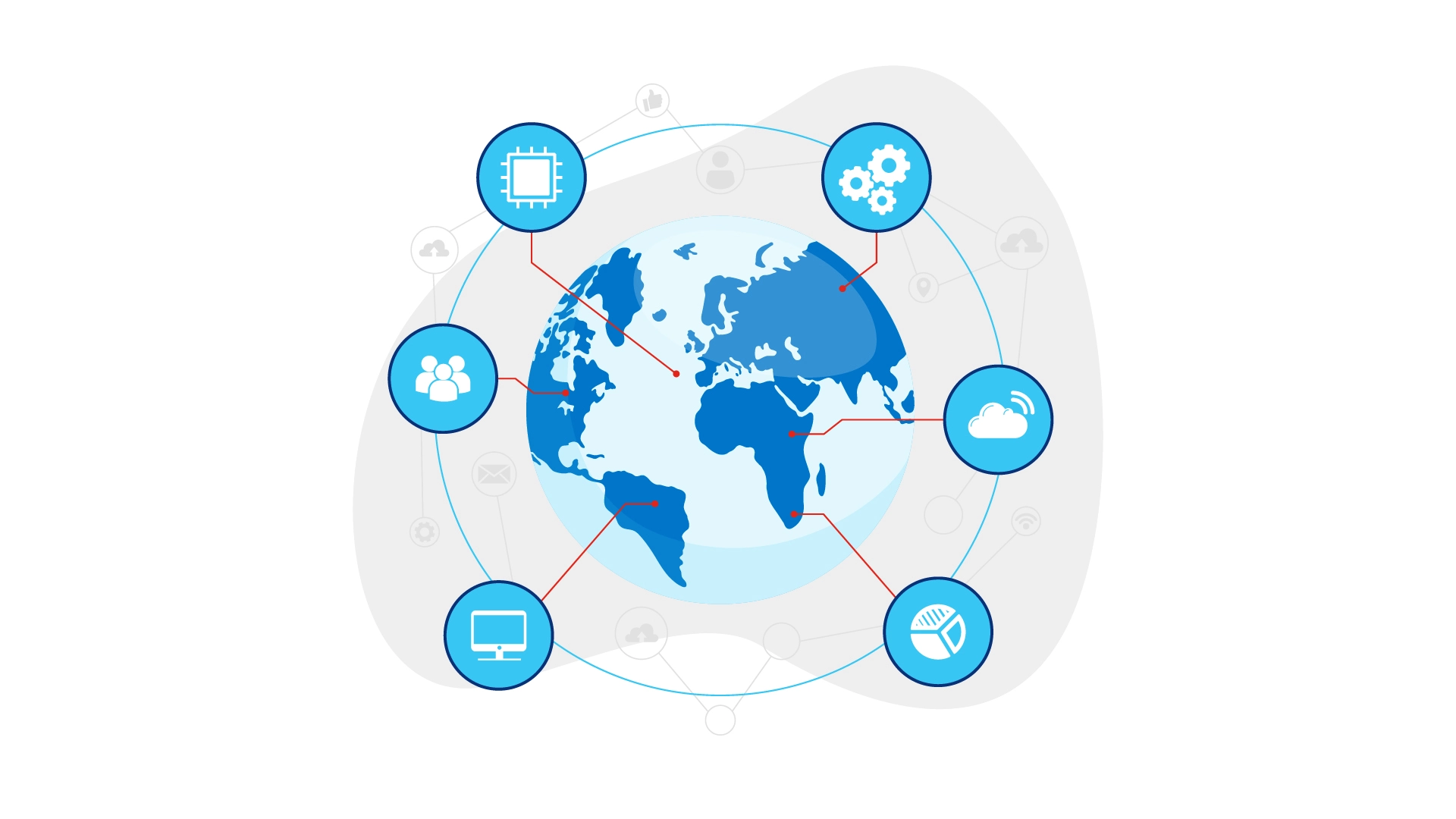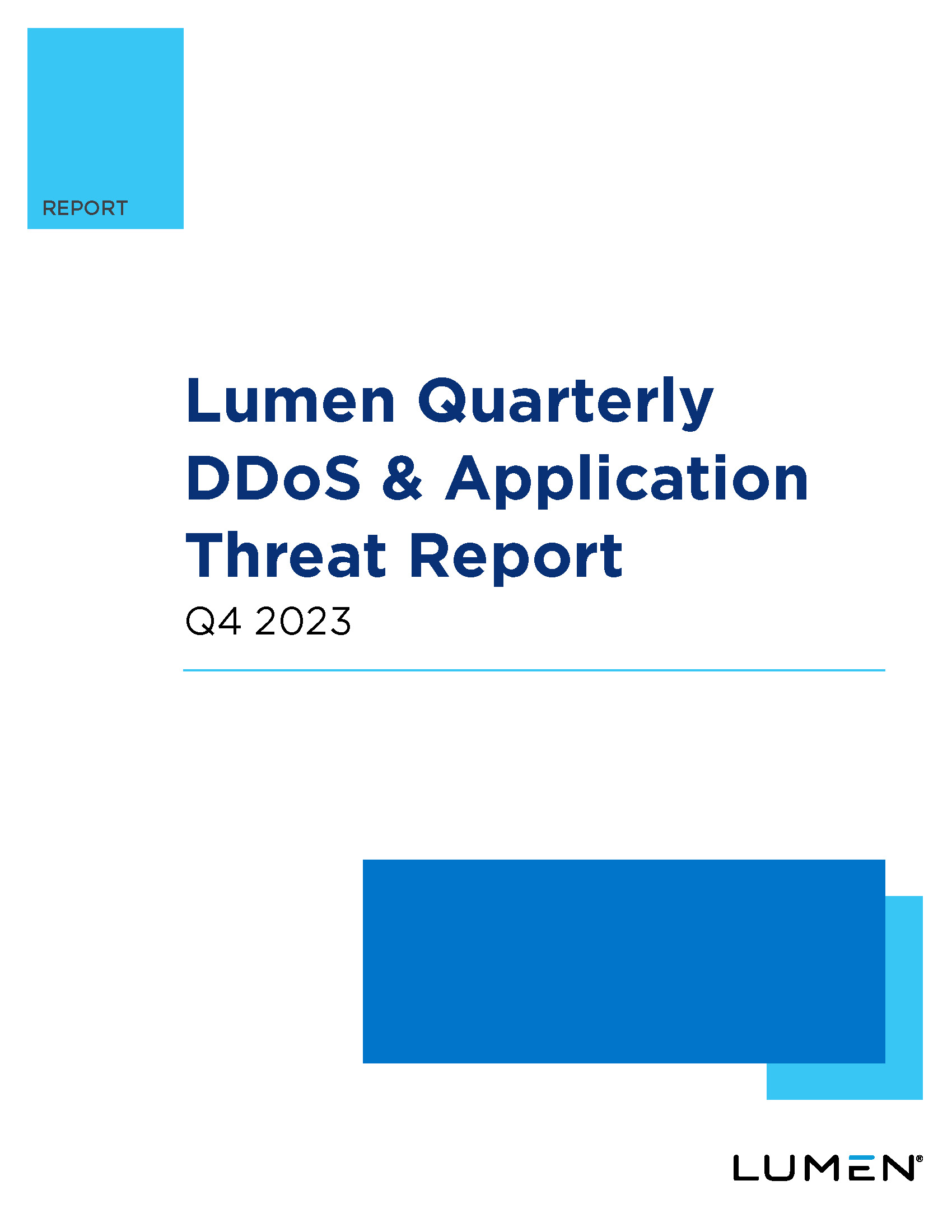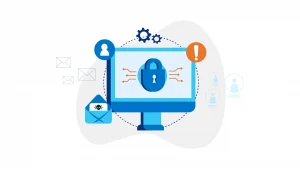In the realm of modern-day networking and cloud computing, there is a solution that has been gaining traction: SASE (Secure Access Service Edge).
At its core, SASE combines security and network functionality into a cloud-native solution that allows for easier management and scaling of the network. In this article, we will delve deeper into SASE and its various components, explaining what it is and how it can benefit your organisation.
What is SASE?
SASE is an acronym for Secure Access Service Edge. It is a networking model that integrates security with networking, creating a cloud-native solution that can be easily managed and scaled. SASE replaces traditional security solutions such as firewalls and VPNs with a unified, cloud-based platform that provides secure access to corporate resources from anywhere, at any time.
SASE combines several different technologies into a single solution, including SD-WAN, CASB (Cloud Access Security Broker), Zero Trust Network Access, Firewall as a Service (FWaaS), and Secure Web Gateway (SWG). This allows SASE to provide comprehensive security and networking capabilities, including traffic inspection, threat detection, identity management, and access control.
Why choose SASE?
SASE is an ideal solution for modern-day organisations that require fast, secure, and flexible network access. With SASE, organisations can enjoy:
1. Enhanced Security
SASE provides robust security capabilities that are built-in from the ground up. This includes advanced threat detection, identity and access management, and data loss prevention. SASE also ensures that data is protected across all endpoints and networks, making it a highly secure option for organisations.
2. Simplified Management
SASE consolidates various network and security functions into a single solution, making it much easier to manage. This is particularly beneficial for organisations that have remote workers or multiple locations, as it allows for seamless integration and control over the entire network.
3. Improved Performance
SASE provides faster network performance by reducing latency and improving bandwidth utilisation. This is achieved by routing traffic through the closest data centre or cloud, which reduces the distance data needs to travel.
4. Greater Flexibility
SASE is highly flexible and can be easily adapted to meet the needs of any organisation. This includes the ability to scale up or down as needed, as well as support for a wide range of devices and endpoints.
Components of SASE
To fully understand SASE, it is important to examine its key components. These include:
1. SD-WAN
SD-WAN (Software-Defined Wide Area Network) is a networking solution that uses software to manage the flow of data over wide area networks. This allows for faster, more efficient network performance and greater control over network traffic.
2. CASB
CASB (Cloud Access Security Broker) is a security solution that provides visibility and control over cloud-based applications. This includes monitoring user activity, detecting threats, and enforcing security policies.
3. Zero Trust Network Access
Zero Trust Network Access (ZTNA) is a security model that requires strict identity verification for every user and device that accesses the network. This ensures that only authorised users can access corporate resources, reducing the risk of unauthorised access and data breaches.
4. FWaaS
FWaaS (Firewall as a Service) is a cloud-based firewall solution that provides advanced threat protection and traffic inspection. It allows for real-time threat detection and mitigation, as well as granular control over network traffic.
5. SWG
A Secure Web Gateway (SWG) is a network security tool that defends users against web-based threats and enforces web usage policies, controls access to websites, and offers advanced threat protection features. It helps prevent data breaches, boosts productivity, and ensures compliance with regulations.
The Way Forward
SASE is a highly innovative solution that provides comprehensive security and networking capabilities in a single, cloud-based platform. With SASE, organisations can enjoy enhanced security, simplified management, improved performance, and greater flexibility. By integrating SD-WAN, CASB, ZTNA, FWaaS, and SWG into a unified solution, SASE allows for seamless management and scaling of the network, making it an ideal solution for modern-day organisations.
At its core, SASE is a cloud-native solution that combines security and networking functionality, making it a highly secure and flexible option for organisations of all sizes. With its advanced threat detection, identity and access management, and data loss prevention, SASE is a game-changer in the world of networking and cloud computing.
If you’re interested in implementing SASE for your organisation, it’s important to work with a trusted partner that can help you navigate the complexities of this innovative solution. By partnering with an experienced SASE provider, you can ensure that your organisation is getting the most out of this cutting-edge technology.
SASE is an innovative and powerful solution that can transform the way your organisation manages its network and security. By integrating SD-WAN, CASB, ZTNA, FWaaS, and SWG into a unified platform, SASE provides enhanced security, simplified management, improved performance, and greater flexibility. If you’re looking to stay ahead of the curve in the world of networking and cloud computing, SASE is definitely worth considering.
[1] Gartner, “2021 Strategic Roadmap for SASE Convergence”, Neil MacDonald, Nat Smith, Lawrence Orans, Joe Skorupa, 25 March 2021 . GARTNER is a registered trademark and service mark of Gartner, Inc. and/or its affiliates in the U.S. and internationally and is used herein with permission. All rights reserved.





